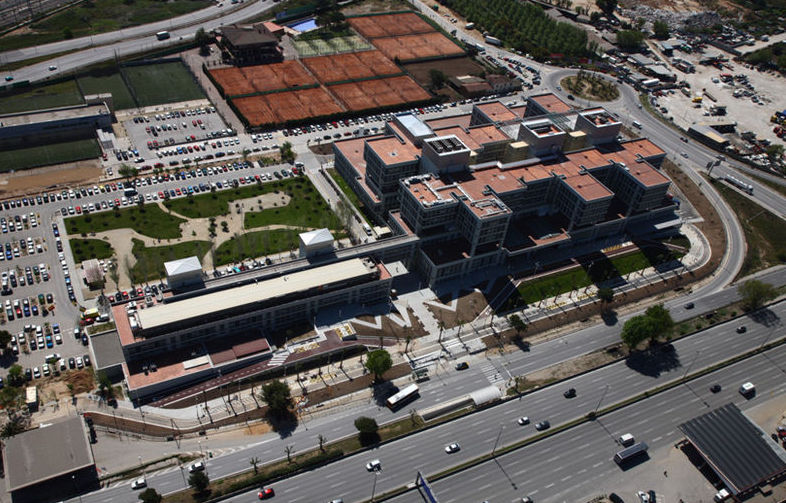The Chemoresistance group of of IDIBELL and ICO’s ProCURE Program, led by Dr Alberto Villanueva, has collaborated in a study coordinated by the Institute of Bioengineering of Catalonia (IBEC) in which they have investigated the sequential use of combinations of low doses of Chemotherapeutic agents with BH3 mimetics to increase the efficacy of current treatments for rhabdomyosarcoma, a highly aggressive pediatric tumor. This new strategy, while improving the antitumor response, reduces the toxicity induced by the therapy and the antiapoptotic protection avoiding resistance to treatments. In this research project, both in vitro studies in cell lines and in vivo in orthoxenografts or PDOX derived from patients, have been combined.
Alberto Villanueva’s team has transferred its extensive experience in the generation of orthotopic tumor models in mice, that is, fragments of human tumors implanted in mice in the same organ of origin, from adult tumors to the pediatric field with the aim of helping to improve current therapeutic strategies. Thus, in recent years and in collaboration, for the most part, with the Pediatric Oncology Service of the Vall d’Hebron Hospital, they have generated an important bank of this type of pediatric tumor models. One of them is the one that has been used to advance in the improvement of the treatment of rhabdomyosarcoma presented in this work. In this regard, the Pediatric Oncology unit of the Hospital de Sant Joan de Deu has also participated in this study, as well as the spin-off Xenopat S.L as part of its corporate social action.
Rhabdomyosarcoma, the most common soft tissue sarcoma in pediatric patients, is a highly aggressive type of tumor that usually does not have a good prognosis, especially in refractory or relapsed patients. Currently the therapeutic strategy includes chemotherapy, radiotherapy and surgery, but the low survival rate in high-risk patients, as well as the high toxicities derived from the treatment and the lack of biomarkers show the need for new therapeutic strategies.

